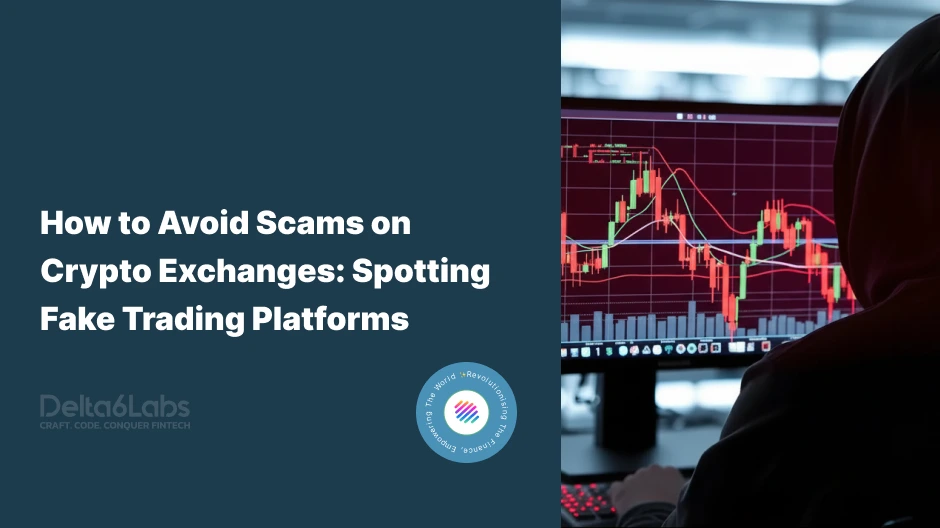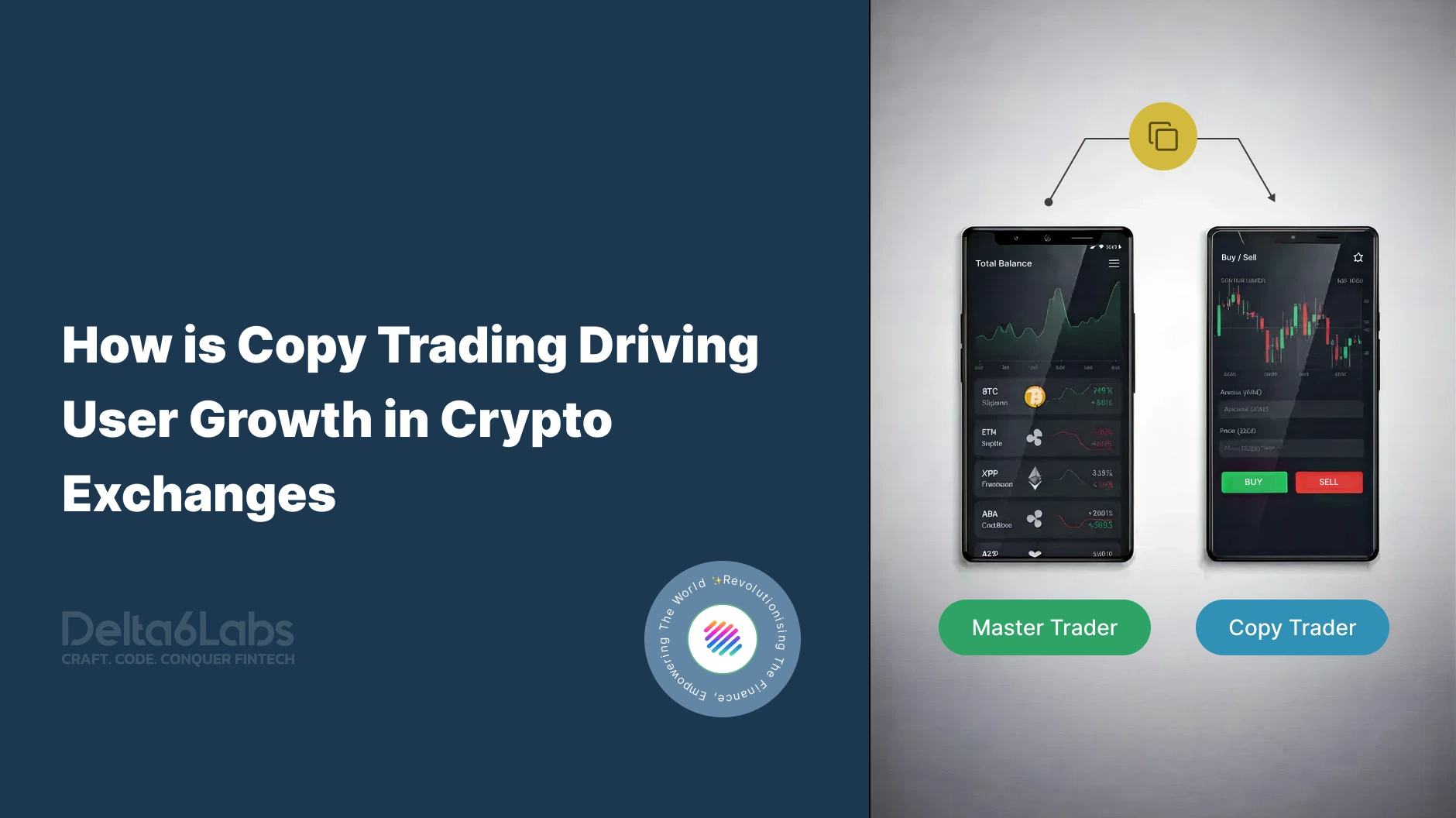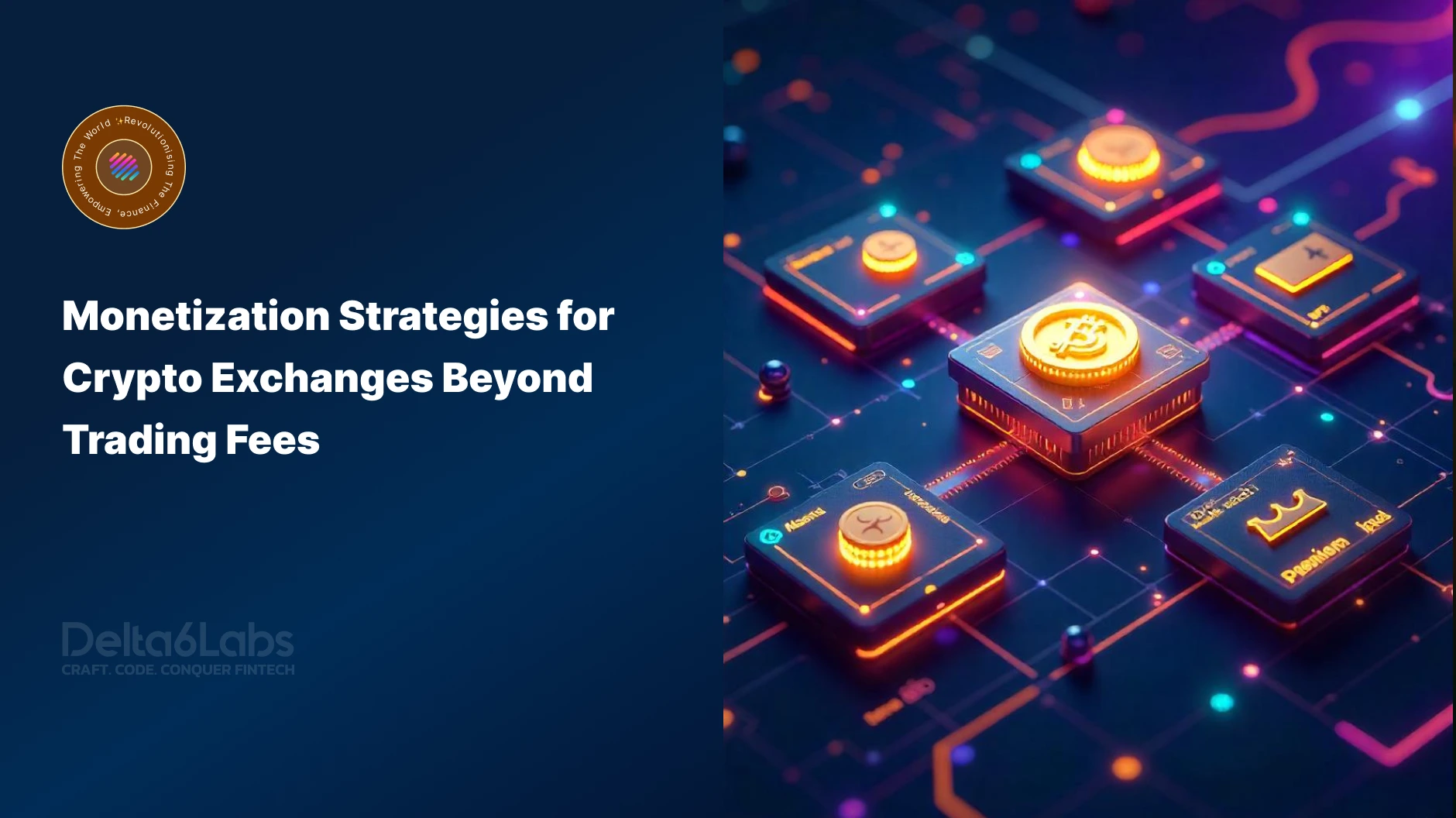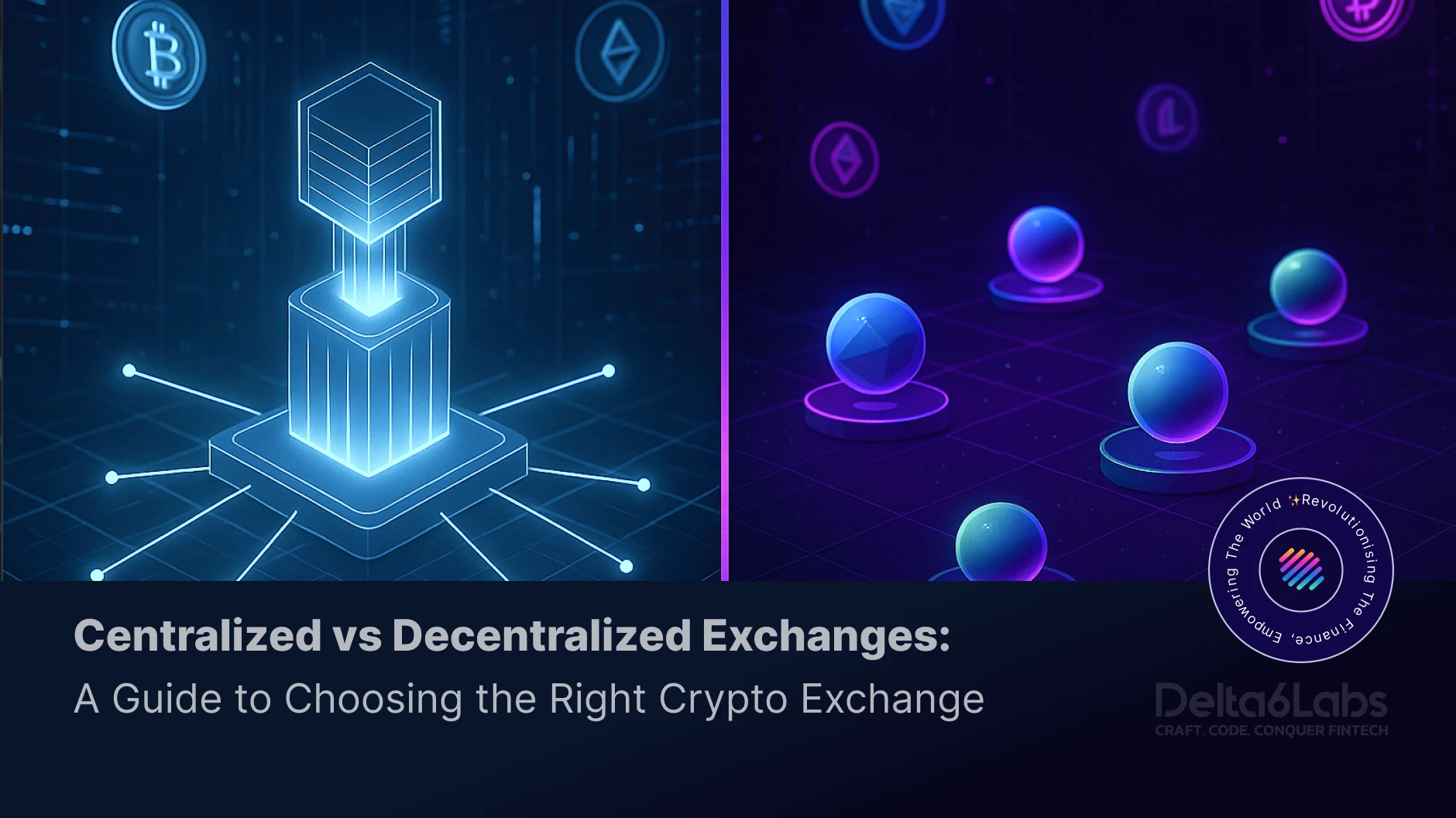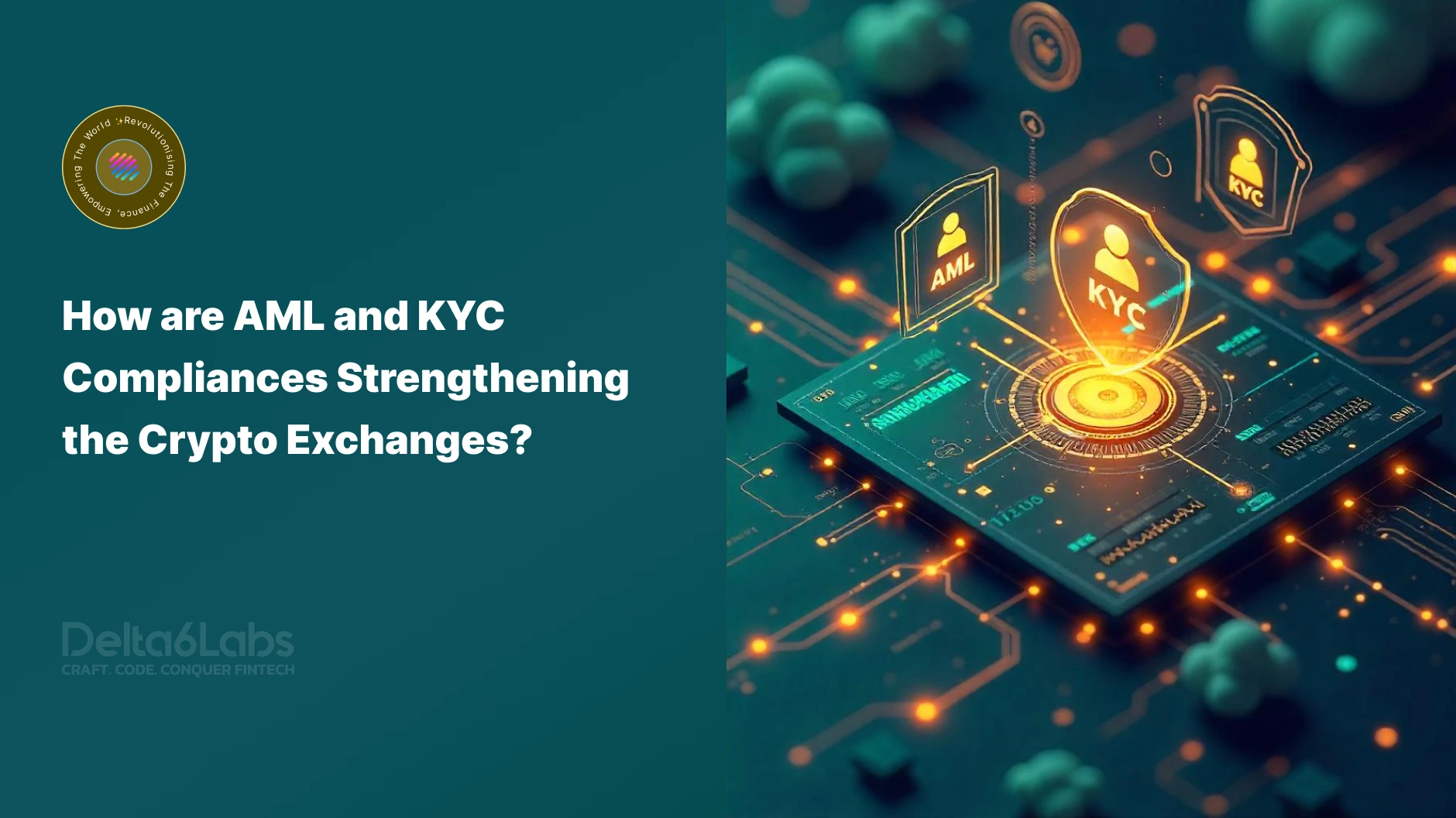How to Avoid Scams on Crypto Exchanges: Spotting Fake Platforms
Table of Contents
Key Takeaways
- The blockchain data research companies reveal that the money that has been lost due to crypto scams and exchange frauds is in the billions range during the last several years.
- It is not always that easy to find the fake ones among the real ones, however, there are always some warning flags that can help you spot the appropriate exchange that you can trust and not get scammed.
- 2FA or biometric authentication must be always enabled as a security measure for your account.
- By subscribing to cybersecurity updates, official exchange announcements, and regulatory advisories, you can keep abreast of the possible threats.
One of the most notable changes to the world’s financial systems caused by the rise of cryptocurrency is the introduction of completely independent, borderless, and efficient ways to trade and invest. However, with the expansion so large, there is a risk that the dark side of the crypto industry will surface, in particular in the form of crypto frauds and fake trading platforms.
Over the last few years, numerous traders have been deceived by fake exchanges that not only assure them of high returns but also leave them with their money. As the cryptocurrency environment develops, so does the trickery. Whether you are a novice or an experienced trader, it is of utmost importance to be able to identify fraudulent trading platforms in order to protect your assets.
This article describes the operation of crypto exchange frauds, how to identify red flags, and the most reliable ways of digital asset security during trading.
The Growing Threat of Crypto Exchange Scams
The very feature that made cryptocurrency attractive, the absence of a central authority, does not provide enough protection and the scammers find ways to exploit the loopholes. In comparison with the traditional banks or regulated stock exchanges, most crypto trading platforms are less regulated. Fake trading platforms may:
- Design attractive websites to deceive users into thinking they are real.
- Promise extremely high returns on trading or staking activities.
- Utilize fraudulent testimonials and social media influencers to market their brand.
- After taking user funds, they shut down and disappear.
The blockchain data research companies reveal that the money that has been lost due to crypto scams and exchange frauds is in the billions range during the last several years. As new traders come in droves to exploit the crypto boom, scammers are poised to profit off their unawareness.
What is the good news? The majority of frauds have the same warning signs, and by knowing them, you can keep your money safe and trade without fear.
How Fake Crypto Exchanges Operate
Fake trading platforms usually look and function just like real ones, thus, it is very hard for users who are not aware of such tricks to distinguish them. These are the ways in which they generally operate:
The Setup
Scammers develop a site or an app that looks very attractive and professional and, in most cases, they have fake trading dashboards, live charts, and customer support for the users.
The Bait
They attract people through intensive social media advertisements, celebrity endorsements, or high-return investment schemes such as “guaranteed 10% profit daily”.
The Trap
The scammers stop the users from withdrawing their money or ask them to deposit more money in order to “verify accounts” or “unlock profits” after they have wired their money, be it fiat or crypto.
The Disappearance
At a certain point in time, the website is no longer accessible or the support team stops replying to the users’ messages. Usually, the stolen money is passed on through the mixing services or is converted into the privacy coins so that the scammers’ tracks are not visible.
Red Flags That Indicate a Fake Crypto Exchange
It is not always that easy to find the fake ones among the real ones, however, there are always some warning flags that can help you spot the appropriate exchange that you can trust and not get scammed.
Unrealistic Promises
Should a platform be so foolish as to assure you a high return with no risk involved, then certainly it is a scam. Real exchanges do not make such promises, because they are only the intermediaries in the trade.
No Regulatory Licensing
Be sure that the exchange you deal with carries certificates from the regulatory authorities. Real exchanges like Binance, Coinbase, or Kraken are KYC and AML compliant worldwide.
Poor Website Security
Make sure that the website you visit has HTTPS in front of the URL. Do not engage with websites that do not have an SSL certificate or those that are frequently down.
Hidden or Non-Existent Team Information
One can always find out the names of the founders and the team behind the development of the legitimate exchanges. Whereas, the scam sites’, owners, and team members are mostly anonymous, or there are some fake profiles.
Fake Volume or Activity
One can suspect an unregulated exchange is involved in volume manipulation if the volume of trade is very steady and at the same time there is a lack of community activity for such exchange.
Complicated or Suspicious Withdrawal Process
The scammers who are behind the fraudulent sites make it difficult to get your money back from them by coming up with excuses like: “technical errors,” “verification delays,” or “extra fees”.
Pressure Tactics
If any platform is pushing you to wire money quickly or take advantage of “limited-time offers”, it is better that you immediately think that such platform is up to no good.
Common Types of Crypto Exchange Scams
While fake exchanges are one category, other scam types are equally dangerous. Understanding them can help you stay alert.
Phishing Exchanges
Scammers clone websites of legitimate exchange and steal login credentials. It is better to verify the URL always before logging in.
Ponzi or Pyramid Schemes
These scams promise high returns from “trading bots” or “investment pools,” but depend on new users’ deposits to pay existing ones.
Exit Scams
Some exchanges start legitimate operations but shut down abruptly after collecting large deposits.
Fake Mobile Apps
Malicious apps impersonate real exchanges, tricking users into sharing sensitive data or private keys.
Best Practices to Stay Safe While Trading Crypto
By implementing a few safety practices, you can greatly lower the risk:
Use Reputable Exchanges
It is best to limit your trading activities to relatively safe platforms such as Binance, Coinbase, Kraken, or any exchange build by Delta6Labs. These platforms provide security features such as cold storage, 2FA, and insurance.
Enable Multi-Factor Authentication (MFA)
2FA or biometric authentication must be always enabled as a security measure for your account.
Never Share Private Keys
If there is a single item that links your money with you, it is definitely your private key. No legitimate exchange will ever request that you provide it.
Use Cold Wallets for Long-Term Storage
Keep the major part of your crypto in a hardware wallet and not on an online exchange.
Stay Updated on Security Alerts
By subscribing to cybersecurity updates, official exchange announcements, and regulatory advisories, you can keep abreast of the possible threats.
Delta6Labs: Promoting Secure Crypto Ecosystems
Delta6Labs FinTech is a company that focuses on creating secure, transparent, and regulation-compliant crypto trading platforms. As a leading Web3 development company, we emphasize on the following:
- Creating feature-rich and secure white-label crypto exchange platforms.
- Putting multi-layer encryption and up-to-date fraud detection systems in place.
- Fully KYC/AML compliant, thus, the implementation acts as a barrier against financial crime.
- Providing tailored trading solutions with strengthened user verification processes.
Our goal is to provide brokers, traders, and institutions with the necessary tools to participate in the crypto market without the concern of fraudulent activities or scams standing in their way.
Conclusion
The cryptocurrency market offers immense opportunity, but it also attracts bad actors looking to exploit uninformed traders. As crypto adoption grows, understanding how to identify and avoid fake trading platforms becomes a critical skill for every investor.
Always do your due diligence, verify exchange credibility, and never fall for “too good to be true” offers. By staying informed and vigilant, you can navigate the crypto space safely and make the most of its potential.
Frequently Asked Questions
Disclaimer:
The information on this blog is for knowledge purposes only. The content provided is subject to updates, completion, verification, and amendments, which may result in significant changes.
Nothing in this blog is intended to serve as legal, tax, securities, or investment advice of any investment or a solicitation for any product or service.
